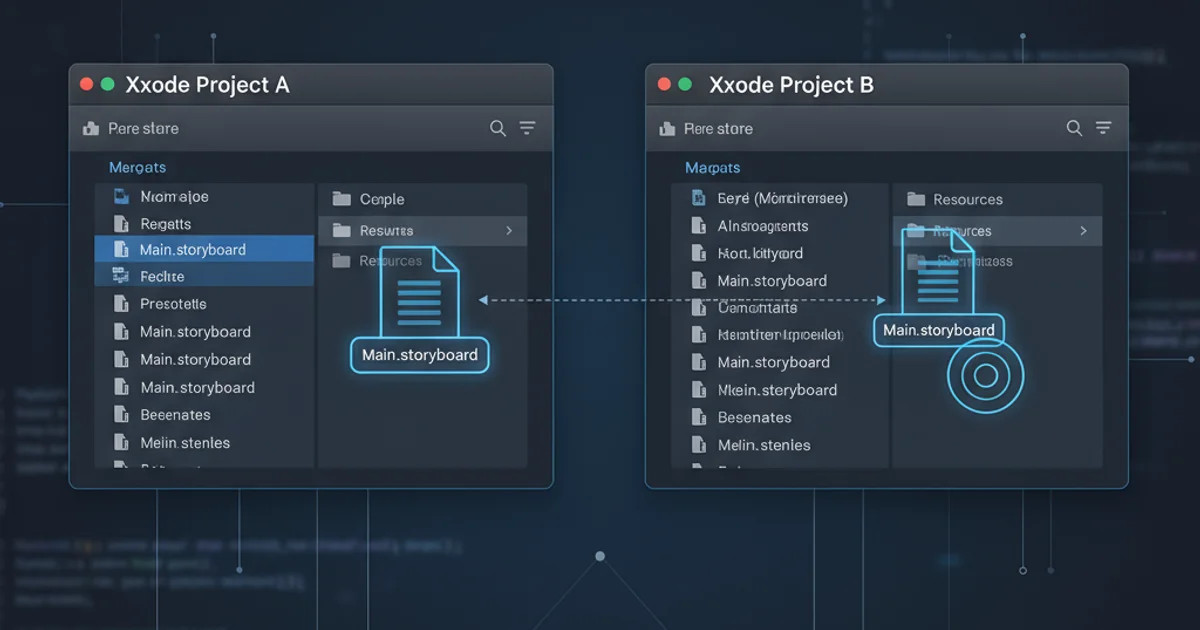Does Qt have a C interface?
Categories:
Does Qt Have a C Interface? Exploring Qt's C++ Core and C Bindings

Discover whether Qt, primarily a C++ framework, offers direct C language interfaces and explore the various methods and tools available for integrating Qt functionalities into C applications.
Qt is a powerful cross-platform application development framework widely used for creating graphical user interfaces (GUIs) and non-GUI applications. While its core is written in C++ and it's predominantly used with C++, the question often arises: Does Qt have a C interface? The short answer is no, not directly in the same way it provides a native C++ API. However, this doesn't mean C applications cannot leverage Qt's capabilities. This article delves into the nuances of Qt's language bindings and how C developers can interact with Qt.
Qt's C++ Foundation
Qt is fundamentally a C++ framework. Its object model, signal-slot mechanism, and extensive class hierarchy are all designed around C++ features. This C++-centric design provides a robust, type-safe, and efficient development environment. When you write a Qt application, you are typically writing C++ code that utilizes Qt's classes and macros. This tight integration with C++ is one of Qt's strengths, allowing for powerful abstractions and performance.
flowchart TD
A[Qt Core Library] --> B{C++ API}
B --> C[Qt Application (C++)]
A --> D[Qt Object Model]
D --> E[Signals & Slots]
E --> CQt's C++-centric architecture.
Absence of a Direct C API
Unlike some other libraries that provide both C++ and C APIs (e.g., OpenGL, SQLite), Qt does not expose a direct, official C interface. This means you won't find a set of header files specifically designed for C that allow you to call Qt functions directly using C syntax. The complexities of Qt's object model, including its meta-object system for signals and slots, virtual functions, and memory management, are difficult to translate directly into a pure C interface without significant overhead or loss of functionality.
Interfacing Qt from C: Practical Approaches
Despite the lack of a native C API, there are several strategies to integrate Qt functionalities into C applications. These methods generally involve creating a C++ wrapper layer that exposes a C-compatible interface.
flowchart TD
A[C Application] --> B[C-compatible Wrapper (C++)]
B --> C[Qt Library (C++)]
C --> D[GUI/Functionality]
A --"Calls C functions"--> B
B --"Calls C++ methods"--> CConceptual diagram of interfacing a C application with Qt via a C++ wrapper.
1. C++ Wrapper with extern "C"
This is the most common and robust approach. You create a C++ library that uses Qt, and then expose specific functions from this library with extern "C" linkage. This tells the C++ compiler to generate C-compatible function names and calling conventions, allowing them to be called directly from C code.
// my_qt_wrapper.h
#ifdef __cplusplus
extern "C" {
#endif
void create_qt_window();
void set_window_title(const char* title);
void show_window();
#ifdef __cplusplus
}
#endif
// my_qt_wrapper.cpp
#include "my_qt_wrapper.h"
#include <QApplication>
#include <QMainWindow>
#include <QLabel>
static QApplication* app = nullptr;
static QMainWindow* mainWindow = nullptr;
extern "C" {
void create_qt_window() {
if (!app) {
static int argc = 0;
app = new QApplication(argc, nullptr);
}
mainWindow = new QMainWindow();
QLabel* label = new QLabel("Hello from Qt!", mainWindow);
mainWindow->setCentralWidget(label);
}
void set_window_title(const char* title) {
if (mainWindow) {
mainWindow->setWindowTitle(title);
}
}
void show_window() {
if (mainWindow && app) {
mainWindow->show();
app->exec(); // This will block until the window is closed
}
}
}
// main.c
#include <stdio.h>
#include "my_qt_wrapper.h"
int main() {
printf("Starting C application with Qt window...\n");
create_qt_window();
set_window_title("My C App with Qt");
show_window();
printf("Qt window closed. Exiting C application.\n");
return 0;
}
2. Language Bindings
Various community projects have created language bindings for Qt, allowing it to be used from languages other than C++. Some of these bindings might target C or provide a C-compatible layer. Examples include projects like qt-c or qt-c-binding, though their maintenance status and completeness can vary. These bindings often automate the process of generating extern "C" wrappers or use other interoperability mechanisms.
3. Inter-Process Communication (IPC)
For more complex scenarios or when strict separation is desired, a C application can communicate with a separate Qt application (written in C++) using Inter-Process Communication (IPC) mechanisms. This could involve:
- Sockets: TCP/IP or Unix domain sockets.
- Shared Memory: For high-performance data exchange.
- Pipes: Standard input/output pipes.
- DBus: A message bus system, often used in Linux environments, which Qt has excellent support for.
Considerations and Best Practices
When deciding to interface Qt from C, keep the following in mind:
- Complexity: Creating and maintaining a C++ wrapper for Qt functionality can be complex, especially for large applications. You'll need to manage memory, object lifetimes, and event loops carefully.
- Qt Event Loop: Qt applications rely heavily on an event loop (
QApplication::exec()). If your C application needs to remain responsive while a Qt GUI is open, you'll need to integrate the Qt event loop into your C application's main loop or run it in a separate thread. - Error Handling: Design your C-compatible functions to handle errors gracefully and communicate them back to the C caller.
- Limited Access: The C interface will only expose the specific Qt functionalities you choose to wrap. You won't have direct access to the entire Qt API from C.
In conclusion, while Qt does not offer a native C interface, it is certainly possible to integrate Qt's powerful features into C applications through well-designed C++ wrappers. This approach allows C developers to leverage Qt's GUI capabilities, networking, and other modules without fully migrating their codebase to C++.